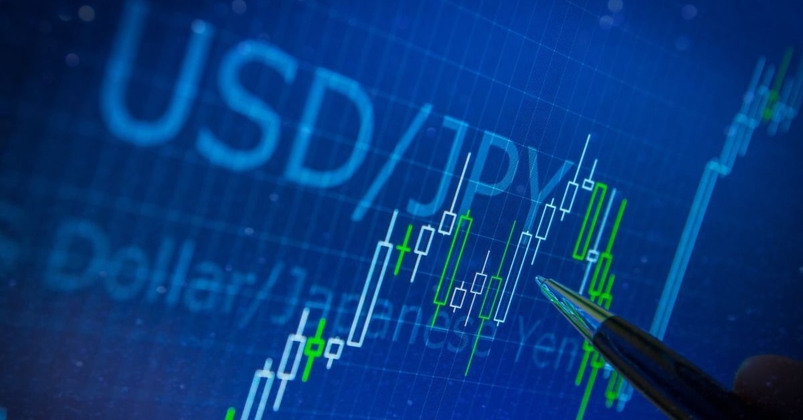Analysen
Marktanalyse
Verpassen Sie keine Gelegenheit: Berichterstattung über wichtige wirtschaftliche Ereignisse, Expertenkommentare, Videos und mehr von unseren globalen Marktanalysten.
Bereit zu traden?
Es ist einfach, ein Pepperstone-Konto zu eröffnen. Stellen Sie Ihren Antrag innerhalb von Minuten, auch mit einer geringen Einzahlung. Beginnen Sie Ihre Reise mit Pepperstone noch heute.
Der hier bereitgestellte Inhalt wurde nicht gemäß den gesetzlichen Anforderungen erstellt, die darauf abzielen, die Unabhängigkeit von Anlageforschung zu fördern und wird daher als Marketingkommunikation betrachtet. Obwohl es keinerlei Verbot für den Handel vor der Verbreitung von Anlageforschung unterliegt, werden wir nicht versuchen, davon zu profitieren, bevor wir es unseren Kunden zur Verfügung stellen.
Pepperstone gibt keine Zusicherung, dass der hier bereitgestellte Inhalt korrekt, aktuell oder vollständig ist und sollte daher nicht als solche angesehen werden. Die Informationen, ob von Dritten oder nicht, sollten nicht als Empfehlung betrachtet werden; oder als Angebot zum Kauf oder Verkauf; oder als Aufforderung zum Kauf oder Verkauf von Wertpapieren, Finanzprodukten oder Instrumenten; oder zur Teilnahme an einer bestimmten Handelsstrategie. Es berücksichtigt nicht die finanzielle Situation oder Anlageziele der Leser. Wir raten allen Lesern dieses Inhalts, ihren eigenen Rat einzuholen. Ohne die Zustimmung von Pepperstone ist die Vervielfältigung oder Weiterverteilung dieser Informationen nicht gestattet.
Pepperstone gibt keine Zusicherung, dass der hier bereitgestellte Inhalt korrekt, aktuell oder vollständig ist und sollte daher nicht als solche angesehen werden. Die Informationen, ob von Dritten oder nicht, sollten nicht als Empfehlung betrachtet werden; oder als Angebot zum Kauf oder Verkauf; oder als Aufforderung zum Kauf oder Verkauf von Wertpapieren, Finanzprodukten oder Instrumenten; oder zur Teilnahme an einer bestimmten Handelsstrategie. Es berücksichtigt nicht die finanzielle Situation oder Anlageziele der Leser. Wir raten allen Lesern dieses Inhalts, ihren eigenen Rat einzuholen. Ohne die Zustimmung von Pepperstone ist die Vervielfältigung oder Weiterverteilung dieser Informationen nicht gestattet.
.jpg)









